GOLF’s 2017-18 ranking of the Top 100 Courses in the World

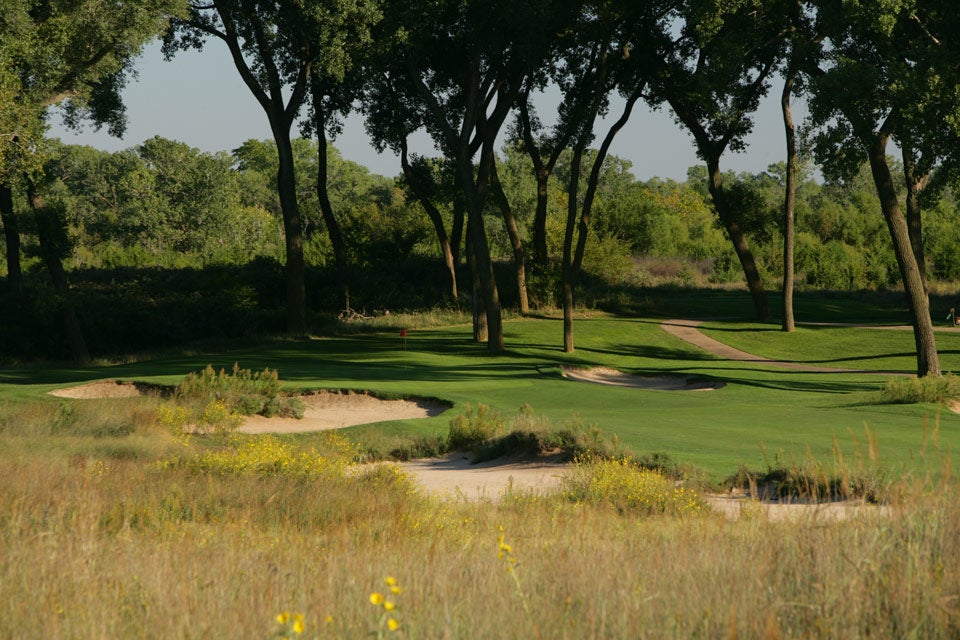
Hutchinson, Kan. Perry Maxwell/Press Maxwell, 1937/1957
After weeks of tromping around the yucca-choked sandhills of Hutchinson, architect Perry Maxwell pronounced, 'There are 118 good golf holes here. All I have to do is eliminate 100 of them.' All that's missing is an ocean at this linksy-looking layout that played host to the 2002 U.S. Women's Open (Juli Inkster) and 2006 U.S. Senior Open (Allen Doyle).
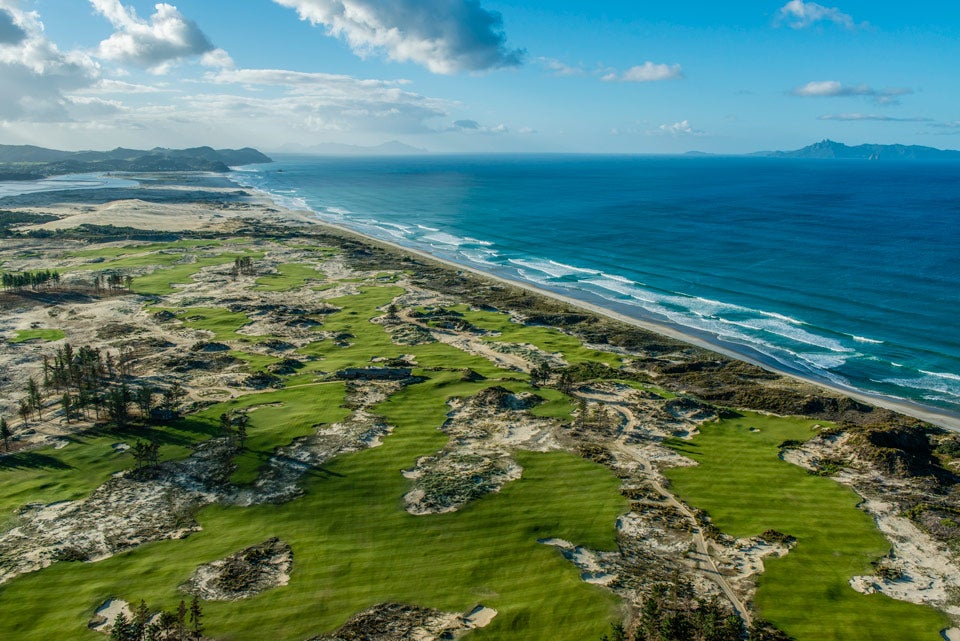
Te Arai, New Zealand Tom Doak, 2015
Tara Iti jumps onto our World list as one of our highest debuting courses ever. The barely two-year-old course is already acknowledged as the Southern Hemisphere's premier links. Its enviable location in the dunes along the Pacific Ocean, along with superior fine-fescue fairways and swirls of natural grass and sand, have some reviewers saying it could host an Open tomorrow—if only it were 11,000 miles farther northwest.
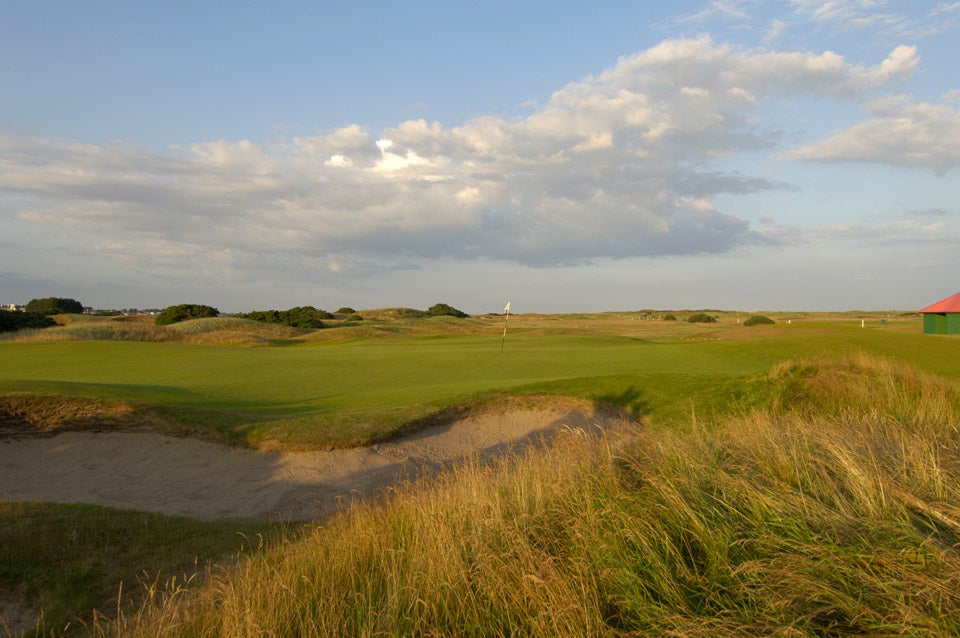
Carnoustie, Scotland A.Robertson/Old Tom Morris/James Braid, 1842/1872/1926
This ancient links dates to 1842 and has hosted seven Opens in all, 'with an eighth on the way in 2018. Heather, gorse, jungle-like fescue rough, steep-faced revetted bunkers and the sinuous Barry Burn create havoc in the wind. The toughest of the Open rota courses has witnessed winners such as Ben Hogan, Gary Player and Tom Watson.
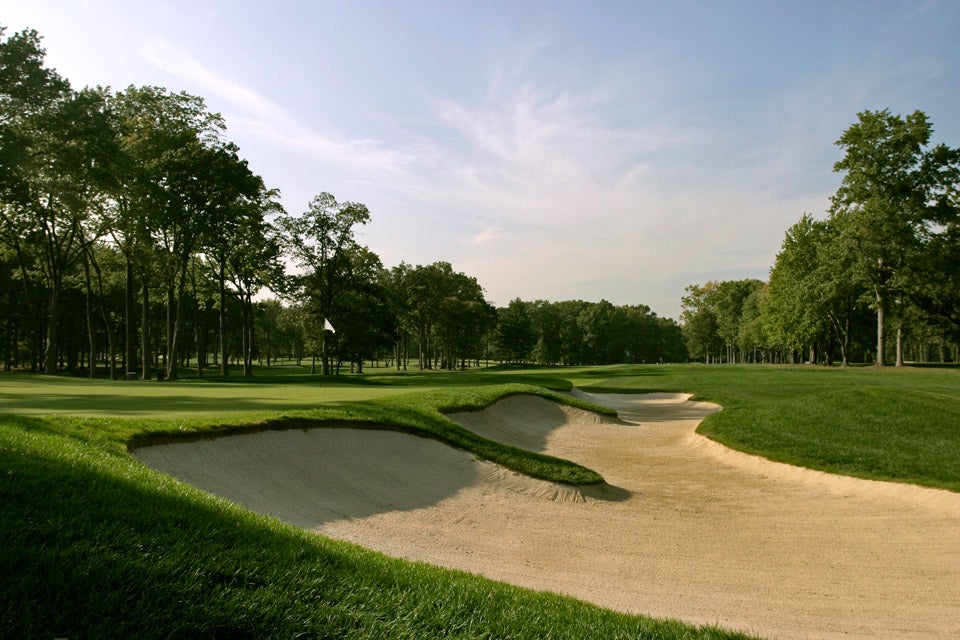
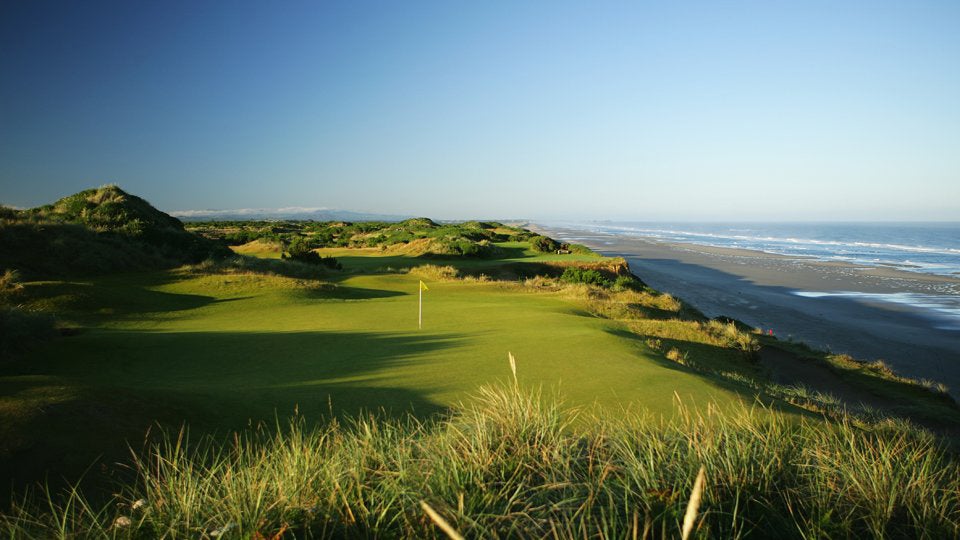
Bandon, Ore. Tom Doak, 2001
The highest ranking American links, this 2001 Tom Doak creation checks in as one of the greatest modern designs in the world. It fits so majestically into its billowing terrain, it looks like it's been there 100 years. Scattered blow-out bunkers, gigantic natural dunes, smartly contoured greens and Pacific panoramas are headliners.
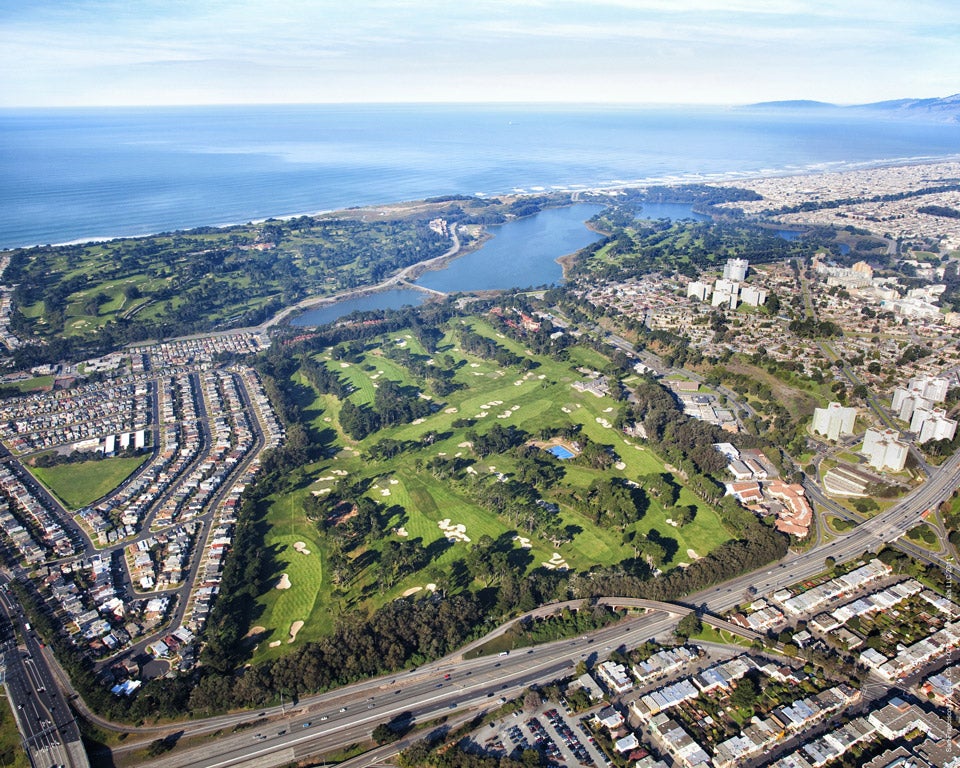
San Francisco, Calif. A.W. Tillinghast, 1918
A.W. Tillinghast may have crafted his most gorgeous collection of bunkers at this low-key Bay Area hideaway dating to 1918 that avoids publicity as steadfastly as its neighbor the Olympic Club embraces it. The highlight is the drop-shot par-3 7th, Tilly's favorite hole that he ever designed.
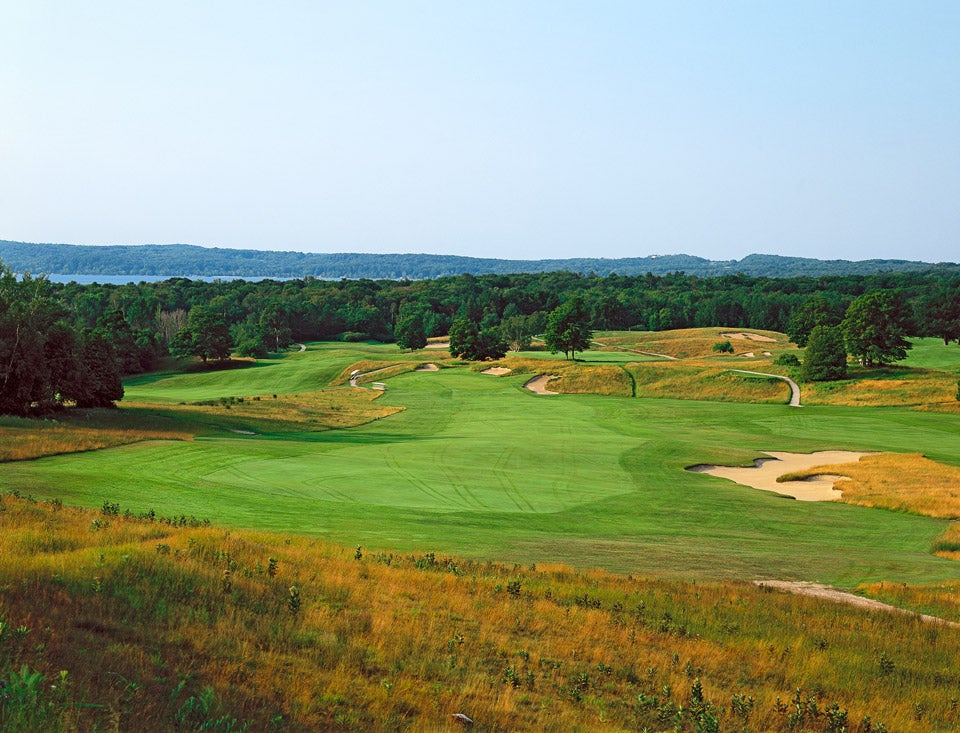
Frankfort, Mich. Alister MacKenzie/Perry Maxwell, 1932
Due to its remote location, Crystal Downs was long overlooked. The course became better known after Tom Doak introduced it to Ben Crenshaw in the 1980s. Don't be fooled by its miniscule 6,518 yards from the tips. A combination of strong breezes, thick fescue roughs, wildly undulating terrain and fiendishly contoured greens make it a tough test.
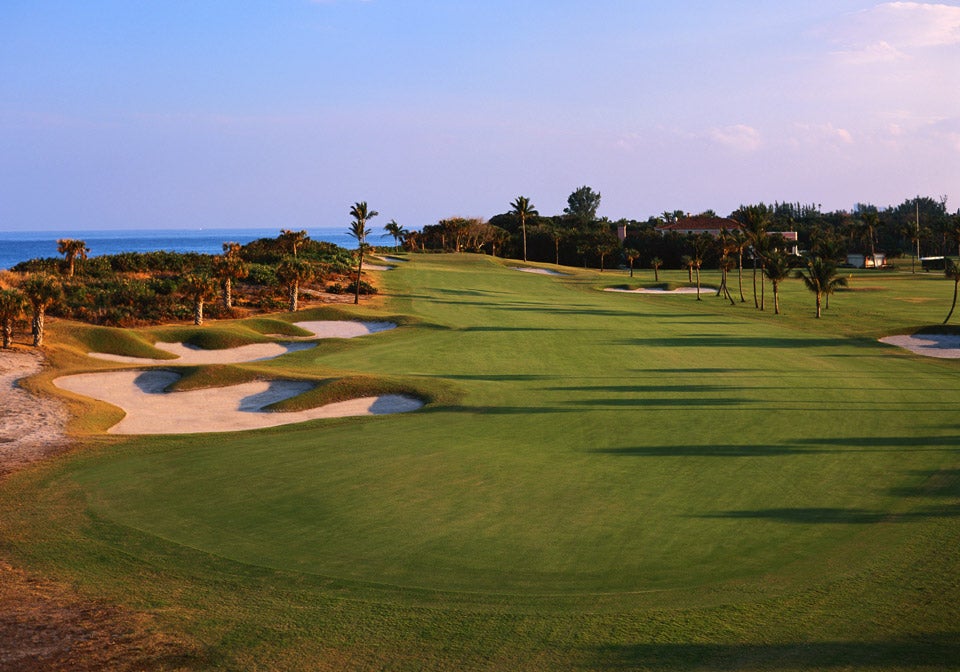
Juno Beach, Fla. Donald Ross, 1929
This posh coastal retreat designed by Donald Ross challenges with palms, sea grape bushes, ocean breezes and a varied routing that encompasses two dune ridges. So impressed was Ben Hogan with Seminole's virtues, that he would play and practice here for 30 straight days each year leading up to the Masters.
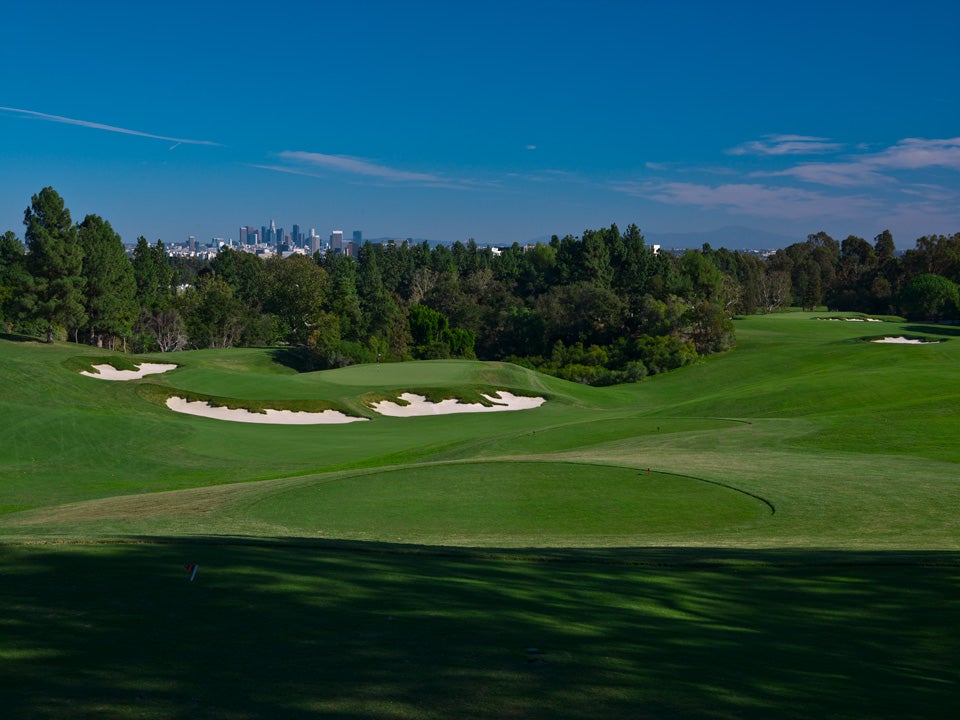
Los Angeles, Calif. George Thomas, Jr., 1921
Gil Hanse's team restored George Thomas's classic to perfection in 2011. Bunkers were reshaped and relocated, fairways were widened and re-shaped and a natural barranca was brought back into play as a strategic hazard. The course played host to the 2017 Walker Cup and will stage the 2023 U.S. Open.
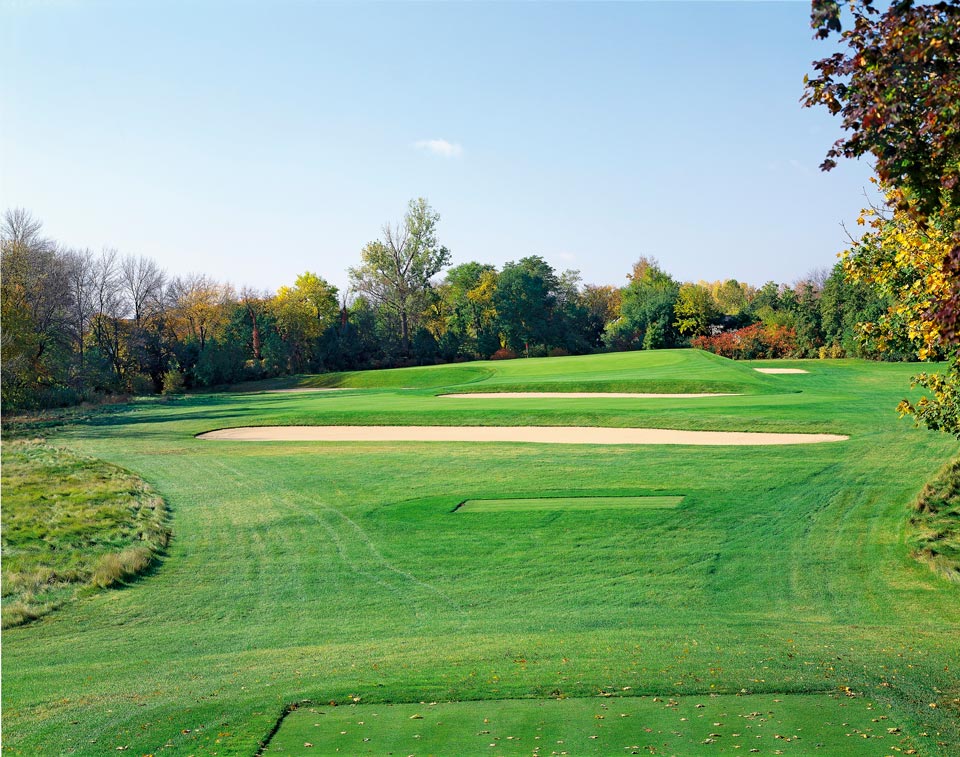
Wheaton, Ill., C.B Macdonald/Seth Raynor, 1895/1923
One of the five founding members of the United States Golf Association in 1894, Chicago Golf, as it's known, was also site of the nation's first 18-hole golf course, as well as the first to host the U.S. Open outside of the Northeast. Seth Raynor retooled his mentor C.B. Macdonald's course in 1923 and not much has changed since.
